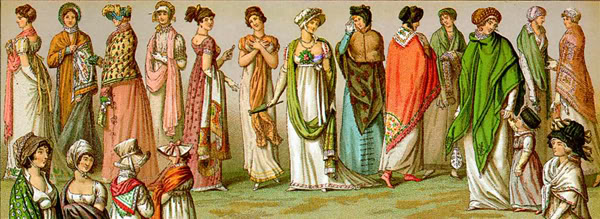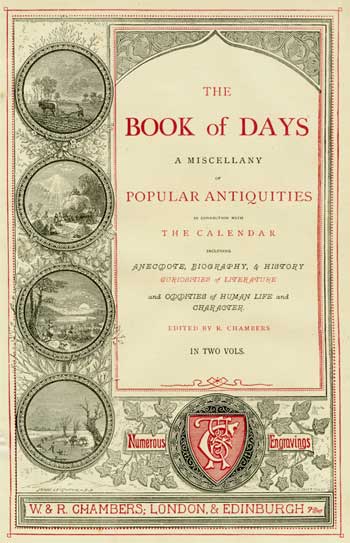Journal of Popular Romance Studies Call for Papers
CALL FOR PAPERS: Romancing the Library
Submissions are due by May 1, 2014.
Access to information is at the core of a library’s mission, whether it serves a public, academic, or special library audience. When it comes to romance novels, however, reader demand is often more than a library can meet, with constrained library budgets outstripped by the sheer volume of titles published each year. How, then, does a library decide which titles to purchase? What factors motivate selection or de-selection? How do the explicitness of love scenes and/or controversial subject matter shape that decision making process? Where does the line between selection and censorship lie?
Once an electronic or print title has been acquired, the library must decide where to house it within the collection and how best to inform readers of its existence. A library can create finding aids or subject guides, designate a specialist on the subject of romance, or find other ways to coordinate reference services around popular romance titles. What are the best practices for readers’ advisory and reference for romance? How are other media, such as romantic films or graphic novels, incorporated into reference services for romance novels? Is there a significant enough overlap between those audiences to warrant doing so?
The Journal of Popular Romance Studies (JPRS) seeks articles for a special issue on the intersection between romance and all types of libraries, anywhere in the world. This issue will discuss policy and practice, controversies, patterns and changes in the way that the library profession deals with popular romance fiction and with romance in other media (film, graphic novels, magazines) as well.
Submissions are particularly welcome on the following topics, although articles that examine other intersections between popular romance and libraries will also be considered for publication.
–Collection development policy, practice, and preservation
–E-books versus print books, publisher/vendor e-book check out and geographic limits
–Popular romance in special collections, browsing collections
–Defining a core collection of romance novels
–Censorship of popular romance in libraries
–Romance reference and readers’ advisory
–Romantic films and other media within the library
Submissions are due by May 1, 2014. This Special Issue of The Journal of Popular Romance Studies is being guest edited by Crystal Goldman. Please submit scholarly papers of no more than 10,000 words, including notes and bibliography, to An Goris, Managing Editor, at managing.editor@jprstudies.org. Submissions should be Microsoft Word documents, with citations in MLA format. For more information on how to submit a paper, please visit www.jprstudies.org/submissions.
Published by the International Association for the Study of Popular Romance (IASPR), the peer-reviewed Journal of Popular Romance Studies is the first academic journal to focus exclusively on representations of romantic love across national and disciplinary boundaries. Our editorial board includes representatives from Comparative Literature, English, Ethnomusicology, History, Religious Studies, Sociology, African Diaspora Studies, and other fields. JPRS is available without subscription at www.jprstudies.org.


 The 1869 edition of
The 1869 edition of 


